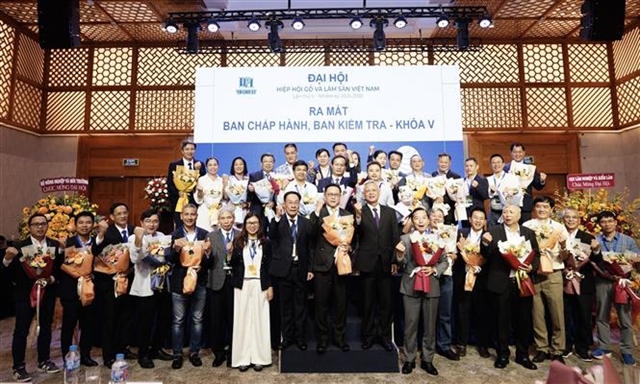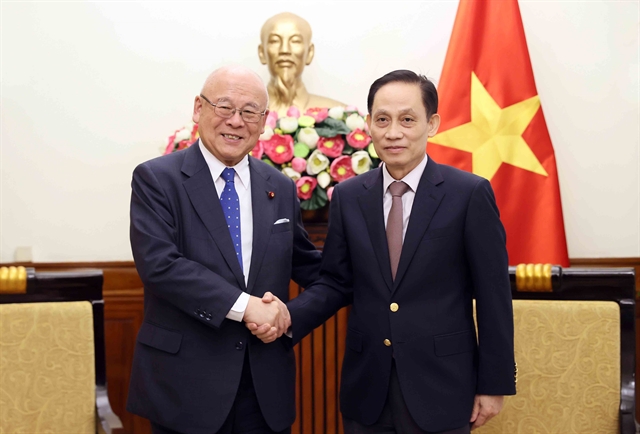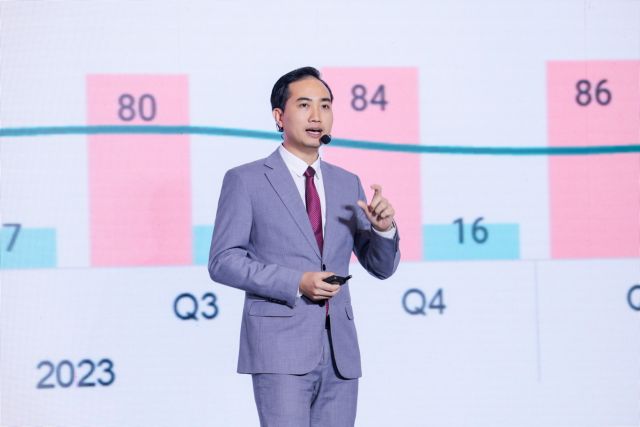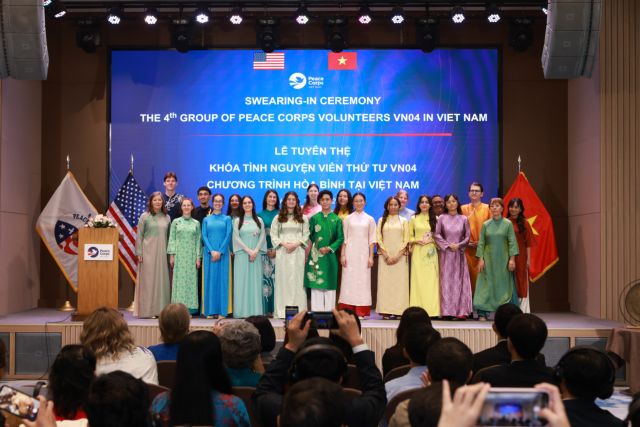 Society
Society

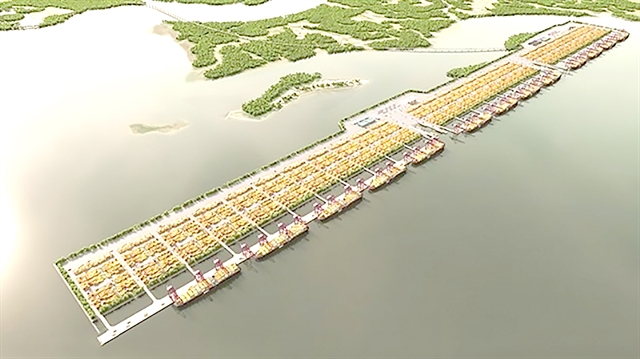 |
| The design of Cần Giờ international transshipment port project in HCM City. — Photo baogiaothong.vn |
HCM CITY — The Ministry of Transport (MoT) has proposed to add HCM City’s planned Cần Giờ international container transshipment port project to a master plan for developing Việt Nam's seaport system by 2030.
The MoT on Tuesday announced that it is collecting opinions from relevant ministries and agencies on supplementing and adjusting the master plan for developing Việt Nam's seaport system in the 2021-30 period, with a vision to 2050.
Accordingly, the Cần Giờ international container transshipment port project is being proposed as one of the priority infrastructure projects to be implemented by 2030.
It would add to seaport group No 4 comprising five ports in HCM City and the southern provinces of Đồng Nai, Bà Rịa-Vũng Tàu, Bình Dương and Long An.
According to the Việt Nam Maritime Administration, scenario planning is being developed in line with the spirit of the Politburo's resolutions on socio-economic development of regions and localities to meet the development targets of each region and each locality.
When the Cần Giờ international transshipment port is completed, seaports in HCM City will meet the criteria for the classification of special seaports according to the new provisions of the revised Việt Nam Maritime Code in 2015.
With a total investment of about US$6 billion, the project is being studied by the Vietnam Maritime Corporation (VIMC) and the Mediterranean Shipping Company (MSC) - the world's second-largest container shipping company.
The project has a designed capacity of 15 million TEUs. The two sides are working hard with foreign partners to finalise plans for investment and operations.
This project is a complement to the Cái Mép-Thị Vải seaport system, not a rival to weaken the existing seaport system.
By taking advantage of the deep water channel at the Cần Giờ estuary, construction of the port is expected to maximise the role of seaport group No 4.
It is not only meaningful for the benefits of the seaport but also enhances the competitive advantage of the Southeast region, creating more attractiveness for foreign direct investment (FDI) inflows.
The MoT has also proposed to expand Nam Đồ Sơn Port in Hải Phòng City into a gateway port to play a key role in international transit and serve national defence and security requirements; and develop Vân Phong Port of the central province of Khánh Hòa and Trần Đề seaport in the Cửu Long (Mekong) Delta province of Sóc Trăng into international transshipment ports. — VNS


